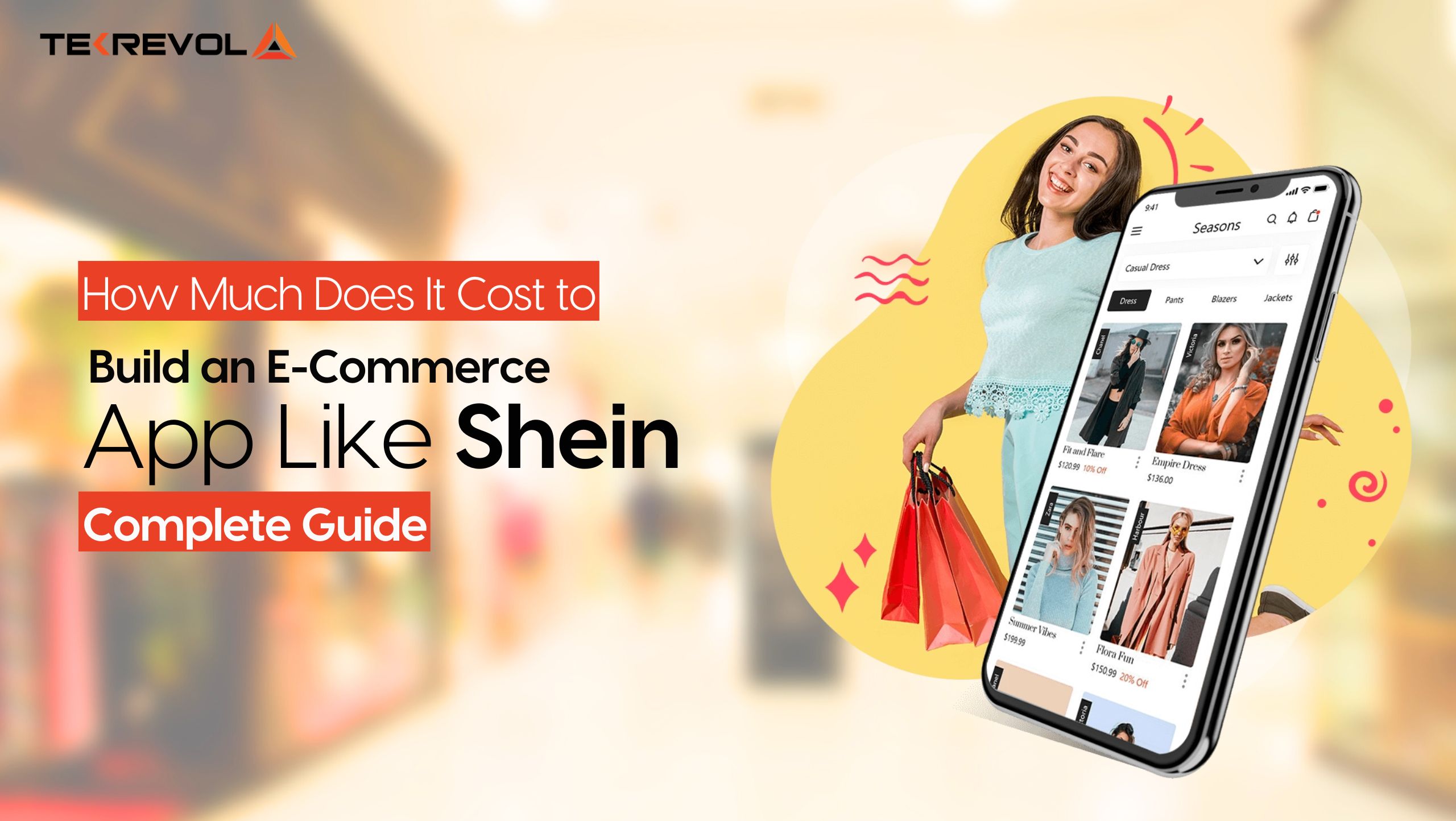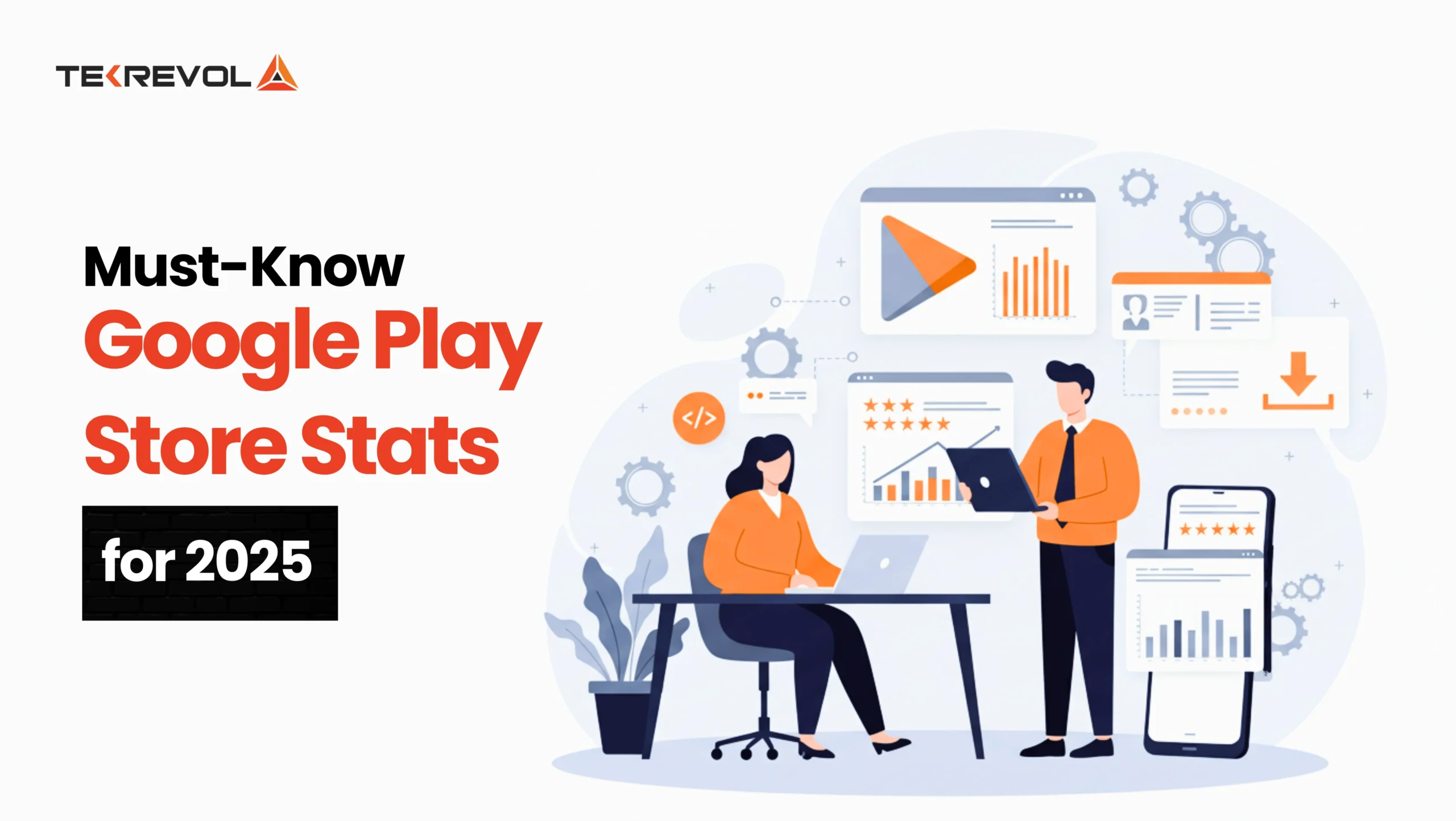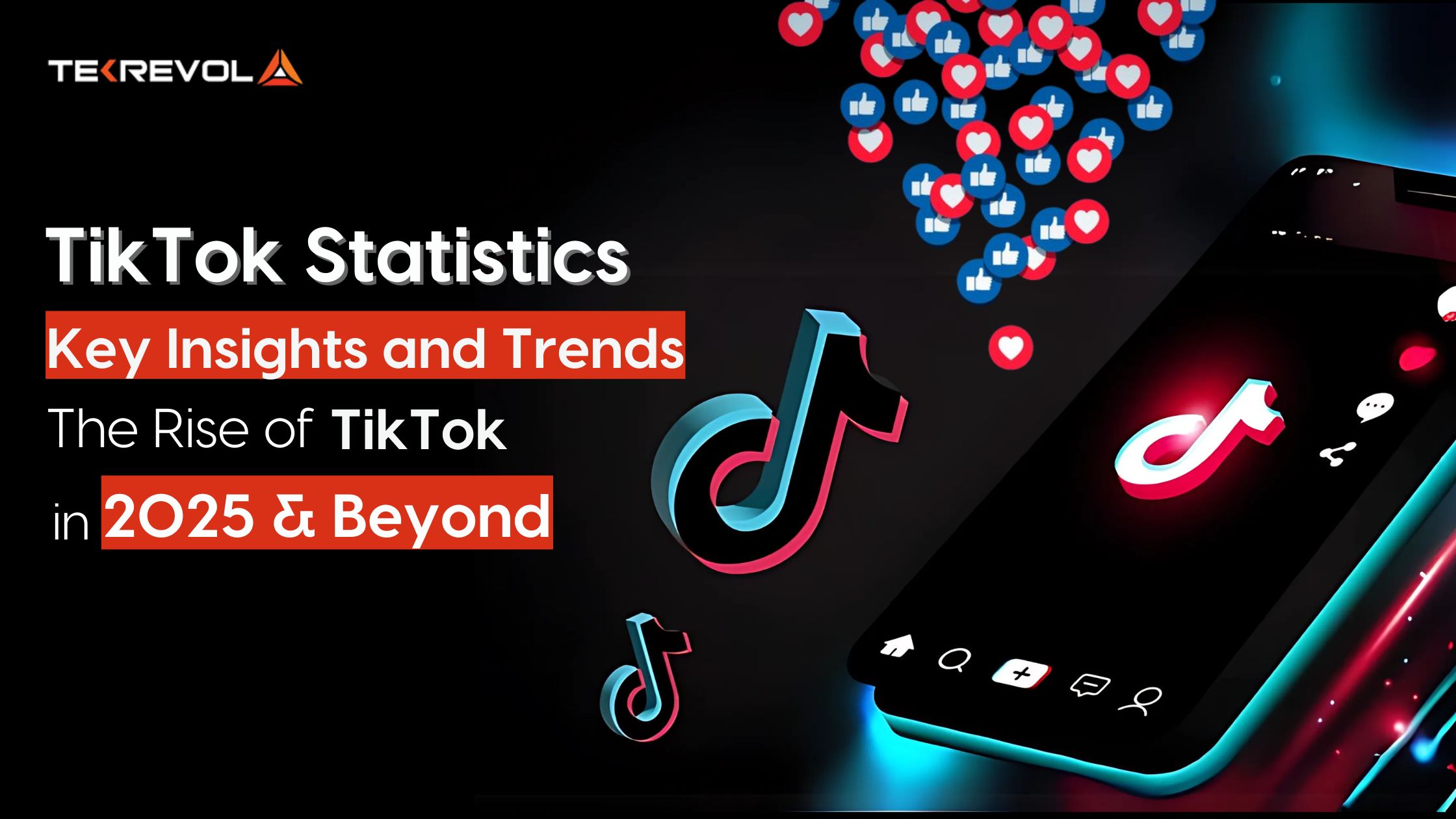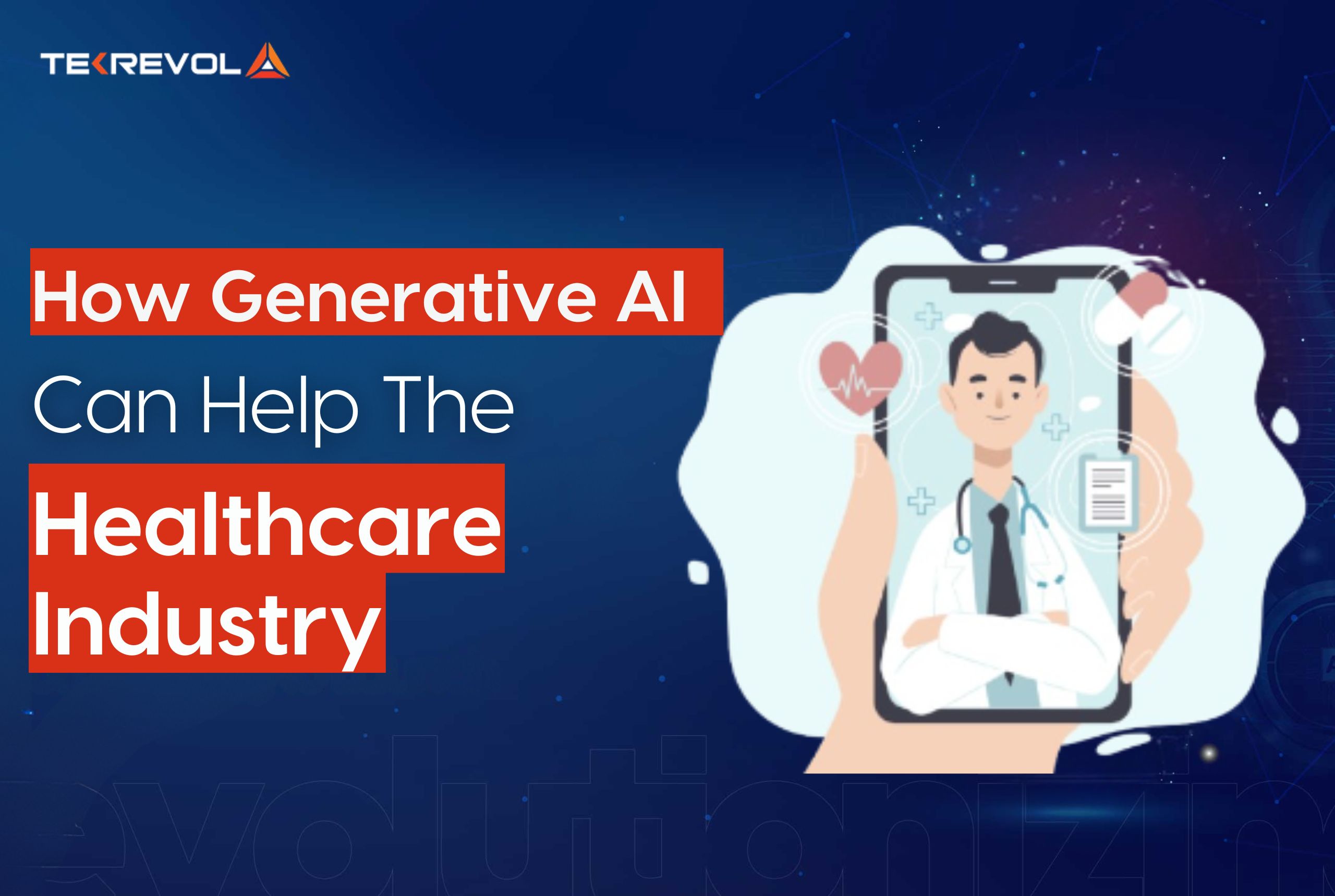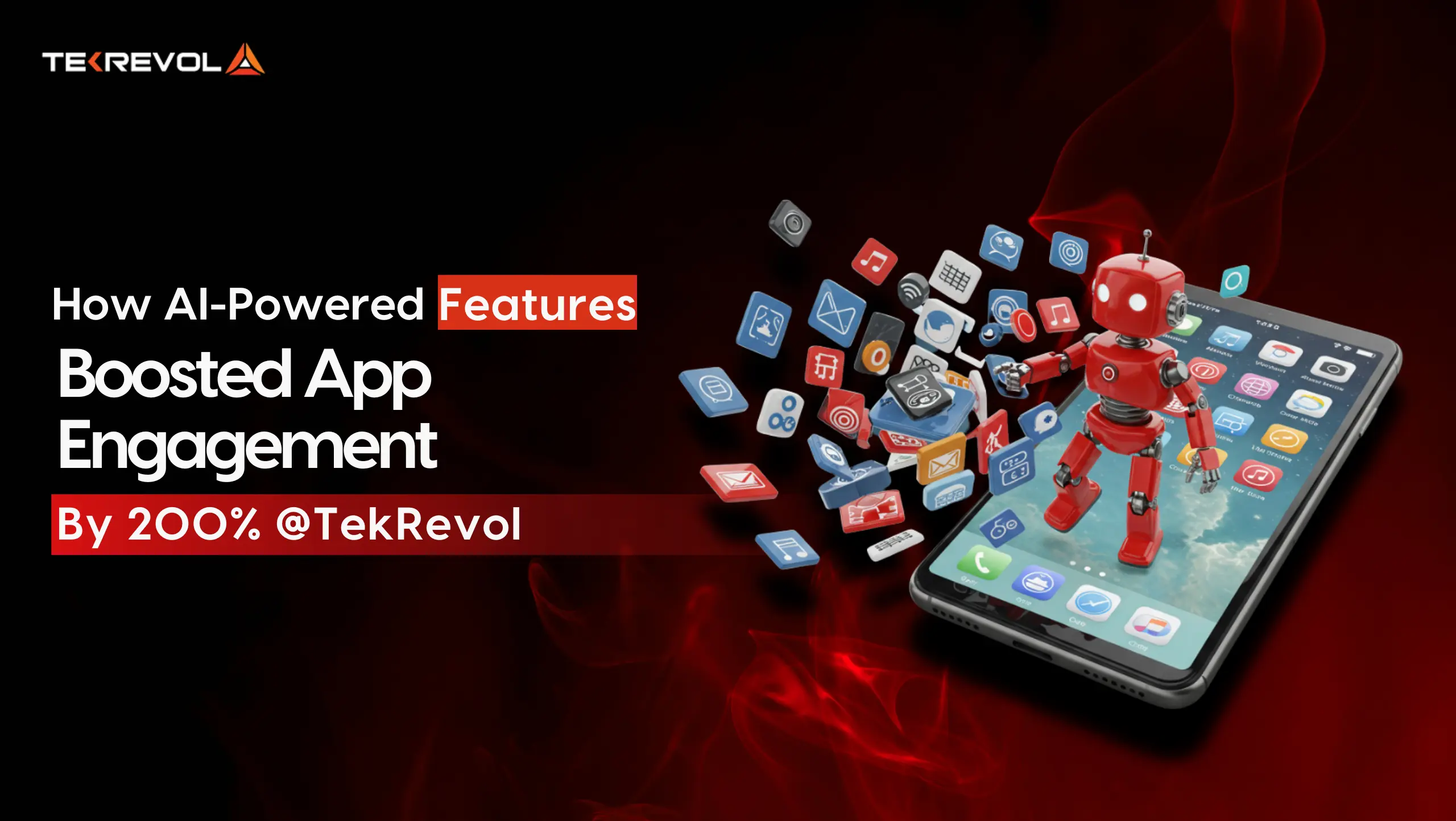Shein adds 500,000 new products every month. That’s more than Zara and H&M combined.
This fast-fashion giant didn’t just stumble upon success; it rewrote the rules of e-commerce with a $30 billion valuation in 2023, proving that agile supply chains, hyper-personalization, and addictive social shopping experiences can dominate the industry.
But here’s the catch: Shein’s success isn’t just about cheap clothes.
It’s a meticulously engineered app ecosystem where AI recommendations drive 30% of sales, real-time trend algorithms slash design-to-delivery timelines to just 10 days, and gamified rewards keep users coming back 3x more often than competitors.
If you’re reading this, you’re not just building another shopping app, you’re engineering a retail revolution.
The question is, how much does it really cost to replicate (or even outdo) Shein’s tech-powered dominance?
The short answer? Anywhere between 621,000 for a stripped−down MVP to 1.92 million for a full-scale Shein rival. But the real cost depends on how smartly you allocate your budget across must-have features, scalability, and post-launch growth.
Let’s break down exactly where every dollar goes, from AI-driven discovery engines to the hidden costs of global payment gateways, along with proven strategies to maximize ROI at each stage.
So, without further ado, let’s get straight into it.
The Shein Phenomenon: What Makes the App a Billion-Dollar Machine?
Shein didn’t just sell clothes, it hacked the psychology of Gen Z shoppers. With over 261 million downloads, Shein’s success has a lot to do with its user-friendly design, AI-powered personalization, and deep understanding of customer preferences.
Here’s how the app turns impulse browsing into addiction:
1. The Algorithm That Knows You Better Than Your Stylist
Shein’s AI analyzes 300+ data points per user—from scroll speed to cart abandonment—to serve eerily accurate recommendations.
Result? 35% of purchases come from personalized suggestions, mimicking Netflix’s “Because You Watched” strategy but for fashion.
2. Fast Fashion on Steroids (10-Day Design-to-Delivery Cycle)
While Zara takes 3 weeks to launch new designs, Shein’s real-time trend algorithms and agile supply chain slash this to 10 days. The app’s “New In” section updates 2,000+ styles daily, creating a fear-of-missing-out (FOMO) loop.
3. The Social Commerce Flywheel
Every product page has TikTok-style swipeable videos and a “Share & Earn” button. Users who post hauls on Instagram drive 18% of new signups proving that the best marketers are your own customers.
4. Gamification = Wallet Drainer
Limited-time flash sales (countdown timers), daily login rewards, and tiered loyalty programs keep users hooked. Repeat customers spend 67% more than first-time buyers.
By the Numbers:
- 100,000+ SKUs managed with 99.99% app uptime
- 24 billion revenue in 2022, with 60% from mobile
- 1.5 million daily active users spending 8+ minutes per session
Want this level of engagement? The next section reveals which features are worth the investment and which you can skip in your MVP.
Must-Have Features to Replicate the Shein App Experience (and Improving On It)
Is Shein’s success all about cheap prices and fast fashion? Absolutely not. This is more about creating sticky, habit-forming digital experiences. And how does Shein achieve it?
By combining psychological triggers with ruthlessly efficient tech features that turn casual browsers into repeat buyers.
The real magic happens when these features work together like a well-oiled machine.
Let’s break down each component and how you can implement them (or improve upon them) in your own app.
Advanced Product Catalog & Filtering
Managing a massive inventory requires more than just basic filters. Shein’s catalog system handles over 100,000 SKUs with precision through multi-layered filtering options that go far beyond standard size and color selections.
Their filters include “occasion-based” categories, “trending now” sections, and “similar styles” recommendations that keep users engaged.
The next level comes with visual search capabilities. When users can upload photos of outfits they like and instantly find matching items in your catalog, you create a powerful discovery tool.
This feature alone has been shown to reduce bounce rates by 25% while increasing average order values by 18%.
Implementing image recognition technology does add complexity, but the payoff in user engagement makes it worth considering for any serious fashion e-commerce app.
User Account Management & Personalization
Generic login screens are conversion killers in today’s competitive market. Shein immediately captures valuable user data through interactive style quizzes that ask about preferences, body type, and even favorite influencers. This initial data collection fuels their powerful recommendation engine.
The personalization continues with features like saved size profiles that remember a user’s measurements across categories. One-click checkout options then remove friction at the critical purchase moment.
Together, these personalized touches create a 35% lift in add-to-cart rates compared to basic account systems. The key is making the data collection feel rewarding rather than intrusive through immediate value exchange.
The Smartest Shopping Cart Ever
Shopping cart abandonment remains one of the biggest challenges in e-commerce. Shein combats this with several smart cart features that keep users engaged. Dynamic discounts appear when users hesitate, offering incentives like “Spend $20 more for 15% off your order” to push them over the edge.
The cart also displays real-time shipping costs from multiple carriers and shows estimated delivery dates before checkout. This level of transparency builds trust and prevents last-minute surprises that often derail purchases.
For international orders, the system automatically calculates duties and taxes upfront. These cart enhancements typically reduce abandonment rates by 30-40% compared to basic cart implementations.
Rock-Solid Secure Payment Gateways
Global expansion requires more than just supporting credit cards and PayPal. Shein’s payment system integrates regional favorites like Alipay in China, Mercado Pago in Latin America, and various local bank transfer options. Each added payment method typically increases conversion rates by 8-12% in its home market.
Security remains paramount, with tokenization protecting payment details and 3D Secure protocols adding an extra authentication layer. The system also detects and blocks fraudulent patterns in real-time while minimizing false declines that frustrate legitimate customers.
This balance between convenience and security is crucial for building long-term trust with users.
Real-Time Order Tracking (That Actually Works)
Modern consumers expect more than just a tracking number. Shein’s system provides live updates with map visualization showing the package’s current location and movement. But the real genius lies in proactive delay management.
When shipments encounter delays, the system automatically notifies customers with explanations and often includes compensation offers like discount codes for future purchases. This approach turns potential frustrations into loyalty-building moments.
Apps with robust tracking systems see 40% higher repeat purchase rates than those with basic tracking implementations. The technology investment pays off through increased customer lifetime value.
AI-Powered Recommendations: The Engine of Discovery
Shein’s recommendation system accounts for nearly a third of their total revenue. The AI analyzes hundreds of data points including purchase history, dwell time on product pages, zoom behavior, and even which models users tend to prefer.
Beyond basic “You Might Also Like” suggestions, advanced implementations include “Complete Your Look” outfit pairings and seasonal trend predictions. The system continuously learns from user interactions, ensuring recommendations stay fresh and relevant rather than becoming repetitive.
This level of personalization creates a discovery experience that keeps users coming back and spending more with each visit.
In-App Customer Support: Instant Gratification
Exceptional customer service begins with anticipating needs before users ask. Shein’s AI chatbot handles 65% of inquiries without human intervention by drawing on purchase history and browsing behavior to provide personalized solutions.
For more complex issues, the system seamlessly transfers conversations to live agents while maintaining full context of the interaction. This prevents frustrating repetitions and creates a smooth resolution path.
While offering 24/7 support requires significant investment, the payoff comes through increased customer satisfaction and lifetime value that far outweighs the costs.
Social Media Integration: Turning Users Into Marketers
Every product page includes TikTok-ready video clips and one-tap sharing options. Shein’s “Post a Review, Get Rewards” program generates thousands of authentic user-generated content posts monthly, providing valuable social proof.
Advanced integrations automatically tag products in user-generated content across platforms, creating shoppable moments wherever customers engage with the brand. This ecosystem of shared content drives significant organic traffic while providing a steady stream of authentic marketing material.
The most successful implementations make sharing feel rewarding rather than promotional, turning customers into genuine brand advocates.
Loyalty & Rewards: Keeping ‘Em Coming Back
Shein Club’s tiered system (Bronze to Diamond) taps into our psychological desire for status and achievement. Members receive exclusive early access to sales, special birthday rewards, and other perks that create 22% higher engagement than standard point systems.
The most effective element proves to be visual progress bars showing how close users are to reaching the next reward tier. This gamification technique drives consistent engagement as customers return to accumulate points and maintain their status.
Well-designed loyalty programs typically see participation rates 3-4 times higher than basic discount offerings.
Strategic Push Notifications: The Art of the Nudge
Generic promotional blasts increasingly get ignored or worse, trigger app uninstalls. Shein’s geo-targeted alerts like “Your package is 3 stops away” achieve remarkable 45% open rates by providing genuine utility.
Even more effective are behavior-triggered nudges such as “Your saved item just got cheaper” or “5 people are viewing this right now.”
These messages create urgency through social proof and personal relevance rather than aggressive sales tactics. The best notification strategies balance frequency with value, ensuring each message feels worth the interruption.
Decoding the Costs to Build a Shein Level Success
Building a Shein-level e-commerce app requires strategic budget allocation across multiple development phases. Here’s a transparent breakdown of where every dollar goes, based on real-world project data from leading development firms.
Market Research & Planning: $30,000 – $50,000
Before writing a single line of code, comprehensive market analysis is crucial. This phase includes:
- Competitor benchmarking (analyzing 5-10 major players)
- Target audience profiling
- Defining your unique value proposition
Engaging specialized e-commerce consultants adds cost but provides invaluable insights—top firms charge $150-$300/hour for this strategic work. The deliverable is a detailed product roadmap that aligns with both market opportunities and technical feasibility.
UI/UX Design: $20,000 – $50,000
Shein’s addictive user experience doesn’t happen by accident. Expect to develop:
- 50+ high-fidelity screen designs
- Interactive prototypes for user testing
- Motion design for micro-interactions
Custom illustrations and branded visual elements add 15-20% to this budget. The ROI comes through higher conversion rates—well-designed apps see 30% better retention than template-based solutions.
Front-End Development: $300,000 – $600,000
Your technology choices dramatically impact costs:
| Approach | Cost Range | Pros/Cons |
| Native (Swift/Kotlin) | $500k-$600k | Best performance, highest cost |
| Cross-platform (Flutter) | $350k-$450k | 80% code reuse, moderate cost |
| Hybrid (React Native) | $300k-$400k | Fast development, potential performance issues |
Include budget for platform-specific optimizations—iOS and Android often require separate tuning to achieve Shein-level smoothness.
Back-End Development: $220,000 – $700,000
The engine powering your app must handle:
- 10,000+ concurrent users during flash sales
- Real-time inventory sync across global warehouses
- Fraud detection analyzing 100+ transaction signals
Cloud architecture decisions (AWS vs. Google Cloud vs. Azure) affect both upfront costs and long-term scalability. A well-architected system pays dividends—Shein’s infrastructure handles 500% traffic spikes during major sales events.
AI Features (Recommendation Engine): $50,000 – $200,000
- Basic recommendation systems using pre-trained models start at $50k.
- For Shein-level sophistication (combining computer vision with behavioral analytics), budget $150k+.
Ongoing AI training costs add $10k-$30k/month as your product catalog grows. The payoff? Top-performing recommendation engines drive 35% of total revenue.
Testing & Quality Assurance: $81,000 – $270,000
Rigorous testing across:
- 50+ device types (prioritizing latest iOS/Android models)
- 20+ countries (payment method validation)
- Load testing simulating 100k+ users
Automated testing frameworks reduce long-term costs but require significant upfront investment. Budget an additional 15% for post-launch bug fixes.
App Launch: $20,000 – $50,000
Includes:
- App Store Optimization (ASO) for 200+ keywords
- Professional screenshot/video production
- PR outreach to tech/fashion media
Total Development Cost
| Phase | Low Estimate | High Estimate |
| Market Research | $30,000 | $50,000 |
| UI/UX Design | $20,000 | $50,000 |
| Front-End | $300,000 | $600,000 |
| Back-End | $220,000 | $700,000 |
| AI Features | $50,000 | $200,000 |
| Testing | $81,000 | $270,000 |
| Launch | $20,000 | $50,000 |
| Total | $721,000 | $1,920,000 |
Beyond the Launch: Budgeting for Ongoing Success
Building the app is just the beginning. Successful platforms invest heavily in continuous improvement.
App Maintenance: $50,000 – $200,000/year
Covers:
- Monthly security patches
- OS compatibility updates (2 major iOS/Android updates yearly)
- Performance optimization
Pro tip: Allocate 15-20% of your original development budget annually for maintenance.
Cloud & Hosting: $10,000 – $100,000/month
Scaling costs follow a hockey stick curve:
| Monthly Users | Estimated Cost |
| 50,000 | $10k-$15k |
| 500,000 | $40k-$60k |
| 5M+ | $80k-$100k+ |
Negotiate committed use discounts with cloud providers after reaching stable growth.
Marketing & Promotion: $500,000+/year
Breakdown of effective allocation:
- 40% performance marketing (TikTok/Instagram ads)
- 30% influencer collaborations (micro + macro)
- 20% retention (email/SMS)
- 10% experimental (VR try-ons, metaverse)
Feature Updates
Plan for 2-3 major feature releases annually ($100k-$300k each). Recent winning investments include AR virtual try-ons and live shopping integrations.
Timeline Real Talk How Long Will This Take?
Developing a fashion e-commerce app is a multi-phase process. Rushing it can lead to a poor user experience, while taking too long can mean missing market opportunities. Below is a breakdown of realistic timeframes for each phase.
Planning & Market Research 1-2 months
The foundation of any successful app starts with thorough research. This includes analyzing competitors, identifying target users, defining key features, and outlining the business model. A strong research phase ensures the app is built to meet market needs and has a clear differentiation strategy.
UI/UX Design 2-3 months
A visually appealing and intuitive design is critical for an e-commerce app. This phase covers wireframing, prototyping, and multiple user testing iterations to refine the experience. A well-designed UI/UX can increase conversions and customer retention, making this a crucial step.
MVP Development 4-8 months
Developing a Minimum Viable Product (MVP) focuses on core functionalities like product listings, checkout, and payment processing. This phase includes backend and frontend development, integrating essential APIs, and setting up the database structure. The goal is to launch a functional version of the app that can be improved over time.
Full-Scale Development 12-18 months
Once the MVP proves successful, full-scale development begins. Advanced features like AI-based recommendations, augmented reality try-ons, and personalized styling tools are added. This phase also includes performance optimization, security enhancements, and deeper third-party integrations.
Testing & QA Continuous throughout development
Quality assurance and testing happen in every phase, from early-stage usability tests to final pre-launch performance and security audits. Continuous testing ensures a bug-free, stable product ready for launch.
| Development Phase | Estimated Duration |
| Planning & Market Research | 1-2 months |
| UI/UX Design | 2-3 months |
| MVP Development | 4-8 months |
| Full-Scale Development | 12-18 months |
| Testing & QA | Continuous |
Revenue Streams How to Make Your Fashion App Profitable
A fashion e-commerce app isn’t just about selling products; it’s about creating sustainable revenue streams. Let’s explore key monetization strategies.
Direct Product Sales
The primary revenue source is selling fashion items directly to consumers. A seamless shopping experience, competitive pricing, and a well-curated catalog drive sales. Offering limited-time deals, seasonal discounts, and exclusive collections enhances purchase frequency.
Loyalty & Rewards Programs
Loyalty programs encourage repeat purchases by rewarding users with points, discounts, or early access to new arrivals. Data shows that 75% of consumers prefer brands with loyalty benefits, making this a crucial retention strategy.
Influencer & Affiliate Programs
Collaborating with fashion influencers and affiliates expands brand reach. Influencers drive traffic through sponsored content, while affiliate marketers earn commissions for successful referrals, creating a win-win scenario for both parties.
In-App Promotions & Advertising
Brands can pay to have their products featured within the app through sponsored listings, banner ads, or curated collections. However, ensuring these promotions feel organic rather than intrusive is essential for maintaining a positive user experience.
Data Insights & Analytics (Optional)
Anonymized user data can provide valuable insights into fashion trends, shopping behavior, and demographic preferences. Selling these insights to brands and retailers is an additional revenue stream, provided data privacy laws are strictly followed.
| Revenue Stream | Description |
| Direct Product Sales | Selling fashion items directly to users. |
| Loyalty Programs | Rewarding repeat customers with incentives. |
| Influencer Programs | Leveraging influencer marketing for sales. |
| In-App Advertising | Featuring paid promotions within the app. |
| Data Monetization | Selling anonymized insights to third parties. |
Cost-Driving Factors What Really Impacts the Bottom Line
The cost of developing an e-commerce fashion app depends on multiple factors. Understanding these cost drivers helps manage budgets effectively.
Geography of Development Team Outsourcing vs. In-House
Where you hire developers greatly impacts costs. Hiring in the U.S. or Western Europe is expensive but ensures high-quality output.
Outsourcing to Eastern Europe, Latin America, or South Asia can significantly cut costs. Staff augmentation services allow businesses to hire remote talent while maintaining control over project quality.
| Location | Hourly Rate (USD) |
| USA/Western Europe | $100 – $150 |
| Eastern Europe | $40 – $70 |
| Latin America | $30 – $50 |
| South Asia | $20 – $40 |
Complexity of Features AI, AR, and Advanced Personalization
Integrating AI-powered recommendations, AR try-ons, and personalization increases costs due to the need for advanced algorithms and processing power. However, these features significantly improve user engagement and conversion rates.
Performance & Scalability Requirements Handling Millions of Users
Apps expecting high traffic must invest in scalable cloud infrastructure. Implementing load balancing, CDNs, and robust backend architectures prevents crashes and ensures smooth performance.
Marketing & Promotion Needs Building Brand Awareness
Developing the app is just the beginning; marketing is essential for user acquisition. Paid ads, influencer collaborations, and SEO require substantial budgets. Studies show that customer acquisition costs for e-commerce brands can range from $50 to $200 per user.
Common Pitfalls Avoid These Development Disasters
With over 90% of e-commerce startups failing within the first 120 days, avoiding common mistakes is crucial. Here’s what to watch out for.
Scalability Issues Not Planning for Growth
Many apps are built for current demand, not future growth. A lack of scalability planning results in performance issues when user numbers surge, leading to lost revenue and costly redesigns.
Security Compliance Ignoring Data Privacy Regulations
Non-compliance with GDPR or CCPA can result in hefty fines. Secure payment gateways, encrypted transactions, and transparent privacy policies are essential to build trust and avoid legal trouble.
AI System Accuracy Building Ineffective Recommendation Engines
Poorly trained AI can lead to irrelevant product suggestions, reducing user engagement. Regularly refining AI algorithms using real user data enhances accuracy.
Logistics & Supply Chain Integration Failing to Integrate with Shipping Providers
A seamless shopping experience requires automated order tracking, real-time shipping updates, and multi-carrier logistics integration. Without these, customer satisfaction declines.
Competitive Market Landscape Not Differentiating Your App
Fashion e-commerce is highly competitive. Without a unique selling point—whether it’s sustainability, affordability, or personalized styling—your app risks blending into the crowd.
Pro Tips Squeezing the Most Value from Your Budget
Cutting costs without sacrificing quality requires strategic decision-making. Here’s how industry experts maximize value.
Develop an MVP First Validate Your Idea Before Investing Heavily
Launching a basic MVP lets you test market demand with minimal investment. It prevents overcommitting resources to features users may not need.
Outsource Strategically Leverage Talent in Cost-Effective Regions
Hiring through staff augmentation services provides flexibility while saving costs. Outsourcing specific tasks like backend development or customer support reduces expenses without compromising quality.
Use Open-Source Tools Reduce Licensing Costs
Instead of costly proprietary software, leveraging open-source tools for backend frameworks, CMS, and payment gateways can save thousands in licensing fees.
Adopt Pre-Trained AI Models Save Time and Money on AI Development
Building AI from scratch is expensive. Using pre-trained models speeds up development and reduces costs while maintaining high accuracy in recommendation engines.
Focus on Core Features Initially Don’t Try to Do Everything at Once
Prioritizing must-have features ensures a quicker launch and lower initial investment. Additional features can be rolled out based on user feedback and market demand.
Ready to Build Your Fashion Empire? TekRevol Can Help.
Building a successful fashion e-commerce app takes expertise, strategic planning, and execution. You don’t have to do it alone. TekRevol is a leading e-commerce app development company specializing in scalable, high-performance solutions tailored to your business needs.
From conceptualization to development and post-launch support, our team of expert developers, designers, and strategists work with you to bring your vision to life. With extensive experience in mobile commerce, AI-driven personalization, and advanced user experience design, we help brands stay ahead in the competitive fashion industry.
Whether you’re launching an MVP or scaling into a global fashion powerhouse, TekRevol delivers solutions that drive revenue and customer loyalty.
Let’s turn your fashion e-commerce idea into reality. Get in touch with TekRevol today and start building your brand’s future.

 90 Views
90 Views April 5, 2025
April 5, 2025